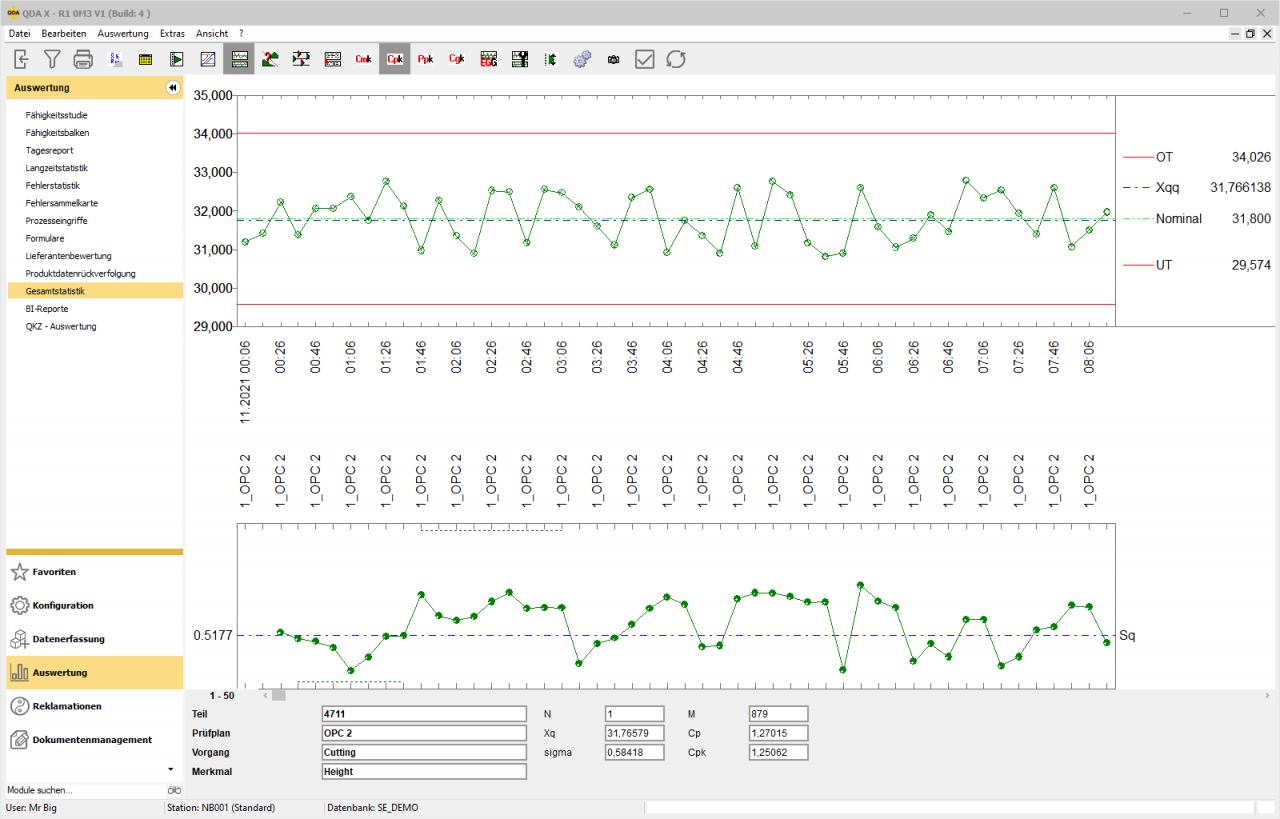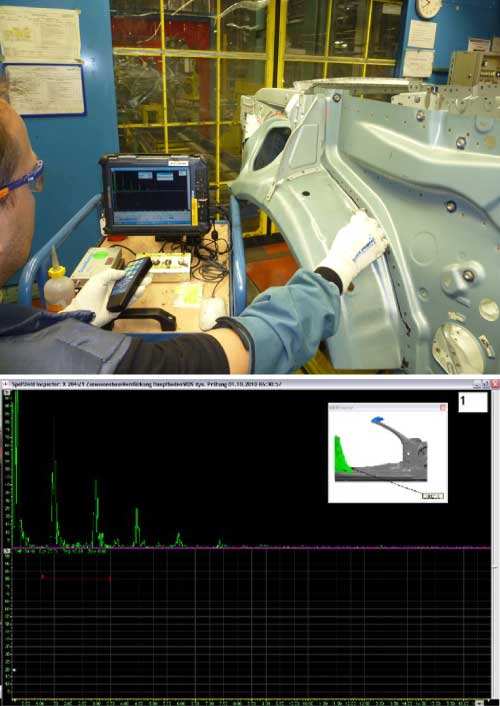QDA - a successful partner of the automotive industry

Different industries, that also means different requirements for materials and machines but also for the software.
One of the many strengths of our QMS software QDA lies in the wide range of possible applications in the most diverse industries. We are in a wide range of different industries, like for example pharmaceutical, consumer goods, or electronics industries but also in the automotive industry. Years of experience, innovation and the experience of a large number of satisfied customers have made us what we are today.
Initial situation and special features of the automotive industry
In times of global competition, increased safety requirements, unpredictable development of energy costs, supply bottlenecks and increasing uncertainty due to the growing number of corporate mergers, the remaining market players are forced to become more efficient and productive.
Fixed costs have to be reduced, which unfortunately often results in a reduction of personnel. The situation is further aggravated by increasing customer requirements and the individualization of products.
In these difficult times, the use of QMS software is essential for companies in the automotive industry. It improves the chances of continuing to exist in the global market and helps companies to keep up with the ever-increasing competitive pressure.
Strengths of QDA
Our QDA software is probably one of the most versatile QMS software currently available not only on the German market. It supports you in all areas of your quality assurance and paves the way for a continuous improvement process.
By using the QDA software, you can perform analyses of quality-relevant data at the very beginning of the production process in order to detect defect focal points, tolerance violations or trend developments at an early stage. In addition, the software also supports you in the targeted introduction of corrective measures. The costs for rework can thus be significantly reduced.
Thanks to the central storage of all relevant quality data, the traceability of each individual piece of information is possible without great effort – so that, in combination with our complaint management software, the causes can be easily and specifically tracked down and remedied as quickly as possible. With the help of our traceability software, you can find part IDs but also batch data more easily and implement process improvements more efficiently – an increase in customer satisfaction is the result.
Dynamic inspection severity control
An important, because cost-saving, aspect of the QDA software is the dynamic inspection severity control. It is based on process data that is collected directly during the manufacturing process and documented on a daily basis, such as various quality-relevant parameters that welding robots transmit to the QDA during the welding process. Conspicuous welding points can thus be easily identified so that a targeted inspection can subsequently be carried out, which is limited to these conspicuous points only. This procedure drastically reduces the number of inspections and the associated costs.
Handling of the software


Another strength of QDA is its user-friendliness, which is repeatedly confirmed by our customers. This is justified by the clear design and the self-explanatory functionality.
This also includes the quick and easy familiarization of employees with the software. This is done individually according to user groups, so that each employee receives training specifically tailored to his or her area of responsibility.
In addition to the special familiarization models, the user profiles can also be customized to maintain the clarity of the software for each individual. Each user therefore only sees the modules that they actually need in their daily work life.
The inspector is thus quickly able to enter measurement data, which is then analyzed by the process monitor over a longer period of time in order to detect process changes, such as repeat defects, on the basis of long-term analyses.


Continuous adaptation of the software
In recent years, joining techniques in the automotive industry have developed rapidly, with the result that numerous different techniques are currently in use. The integration of new joining techniques into the QDA is an ongoing process, ensuring that you are always able to integrate the latest techniques that the market has to offer.
Linking process and product data
With QDA, you can bridge the gap between product data and quality-relevant process data. In QDA, not only all process data collected during production with the various joining techniques, but also all product information from the various systems, such as ERP or CATIA, can be accessed centrally.
With QDA’s Report Designer, these data can then be displayed in meaningful evaluations in correlation to each other. But also the flexible creation of test certificates, weekly and monthly evaluations, measurement reports or capability certificates is extremely simplified. Further evaluations, such as aggregated data of a month, a specific batch or only one body can be realized just as easily.
The QDA Report Designer offers a variety of standard display formats. If these are not sufficient, you can even create new individual reports without much effort.
By integrating graphics, photos and CAD drawings (also MIBA), reports can be adapted to individual requirements. At the same time, they become many times more comprehensible than previous representations, since, for example, welding spots or seams are graphically visible. In this way, the QDA Report Designer not only contributes to saving time, but also gives all your previous quality data a significantly higher significance.
However, QDA can not only centrally manage the aforementioned product and process data, but of course also all other process data, such as from coordinate measuring machines, gap and flush measuring devices or torque wrenches.
An example from practice

One of many application areas of QDA in the automotive industry is the inspection of welding spots with ultrasonic. The following is an example:
Testing of spot welds with ultrasonic
The previous image shows an employee who is inspecting spot welds with an ultrasonic device. These results are then displayed on a monitor as shown in the following image. As a support for ultrasonic testing, QDA provides a visual representation with the exact location of the individual measuring points, which is also displayed on the monitor as a 3-D graphic.

Why companies in the automotive industry choose us
Due to our worldwide service as well as short implementation times in case of software problems or inquiries, we always manage to convince our customers of us and our products and to establish a long-term trustful working relationship. Many customers appreciate the close and good cooperation with our colleagues, who are always able to understand the different problems of the respective project. Following a large number of discussions and analyses, optimal solutions are then sought together and individual decisions are made. Due to the good contact, which also continues beyond the project, the software can be continuously adapted optimally to the constantly changing processes of production.
Get in touch!
Do you have specific questions about our solutions? Get in touch!

Ludmila Lebedev
Director QDA SOLUTIONS